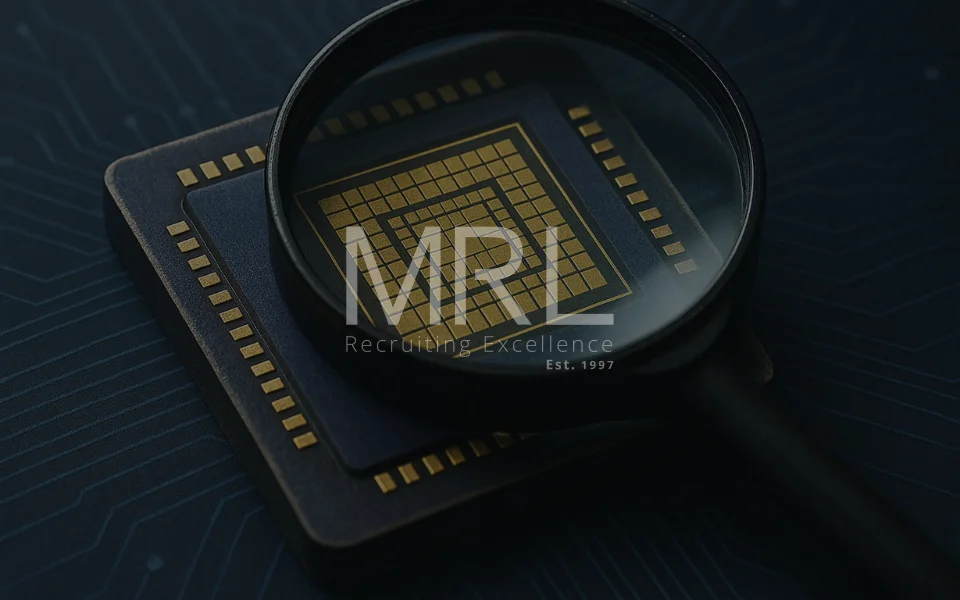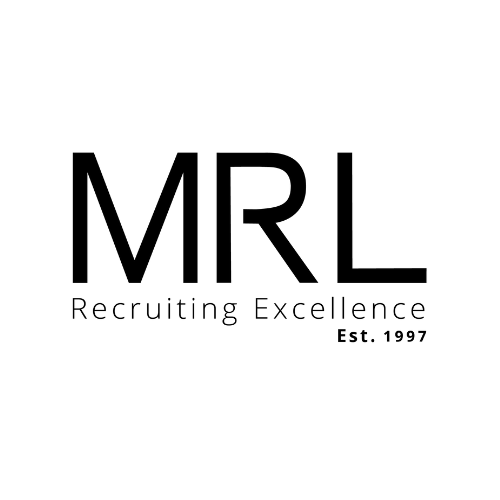The top 10 semiconductor companies to keep an eye on for 2026
09 Nov, 20255 minsThe global semiconductor industry continues to undergo rapid structural change, driven by su...

The global semiconductor industry continues to undergo rapid structural change, driven by surging demand for artificial intelligence, high-performance computing, electrification and advanced connectivity. As innovation accelerates, competitive advantage increasingly lies in design capability, packaging sophistication and strategic control of critical supply chain steps.
With 2026 shaping up to be a pivotal year for next-generation architectures and manufacturing roadmaps, it is important to understand which organisations are positioned to lead. The following ten companies stand out due to their technological direction, investment priorities, strategic partnerships, or relevance within emerging market segments.
NVIDIA
NVIDIA remains central to the global AI compute ecosystem, and 2026 will be no exception. With its next-generation architecture roadmap incorporating higher bandwidth memory standards and more efficient interconnect designs, the company is positioning itself to address the growing challenge of memory bottlenecks in training and inference workloads. As enterprises continue scaling foundation models and exploring edge deployment, NVIDIA’s combination of hardware, software and developer ecosystem will remain a critical benchmark for the rest of the industry.
TSMC
As the leading advanced node foundry, TSMC’s influence continues to reach far beyond wafer manufacturing. Its aggressive investment in chiplet packaging technologies, particularly CoWoS, highlights how performance gains are now just as dependent on packaging innovation as lithography. In 2026, TSMC’s 2 nm-class processes and expanded advanced packaging capacity will play a decisive role in the competitiveness of AI accelerators, CPUs and custom silicon programmes across the industry.
SK hynix
High Bandwidth Memory (HBM) has rapidly become one of the most strategically significant components in AI system design, and SK hynix has consistently led the market in performance, supply depth and new generation readiness. As model sizes increase and system architectures shift towards wider memory bus configurations, SK hynix’s early work on subsequent HBM standards positions it as a key enabler for the next wave of AI compute hardware.
Samsung Electronics
Samsung’s dual presence in both memory and foundry capabilities gives it a unique advantage. Its advancements in gate-all-around (GAA) transistor technology and continued development of competitive HBM offerings suggest Samsung is aiming to narrow the performance gap with both TSMC and SK hynix. The company’s progress over the next two years will be particularly important for customers seeking alternative high-performance supply chain options.
ASML
ASML remains the undisputed gatekeeper of leading-edge semiconductor manufacturing through its EUV lithography platforms. The transition towards high-numerical-aperture EUV represents a major leap in enabling smaller feature sizes and more power-efficient transistors. As chipmakers push below 2 nm-class nodes throughout the latter half of the decade, ASML’s equipment shipments, production scaling and service support capacity will directly shape the pace of global advanced semiconductor progress.
Intel (Foundry)
After several challenging years, Intel’s foundry strategy is entering a critical execution phase. With its 18A node promising competitive performance and power characteristics, the key question moving into 2026 is whether Intel can successfully attract and retain external design customers. Any confirmed high-profile design wins would signal a meaningful shift in the competitive balance of the global foundry market and create new design ecosystem opportunities.
AMD
AMD continues to strengthen its position across both high-performance CPUs and AI accelerators. Its upcoming accelerator generations aim to improve energy efficiency, interconnect topology and HBM utilisation. Combined with strong software framework investments and partnerships in both cloud and enterprise markets, AMD is well situated to compete for workloads traditionally dominated by NVIDIA, particularly in inference and fine-tuning scenarios.
Arm
Arm’s approach to semiconductor innovation increasingly revolves around enabling others to build differentiated products. Through Compute Subsystems (CSS), standardised IP building blocks and chiplet-ready design frameworks, Arm is lowering the barrier to custom silicon development. As automotive, consumer electronics and data centre OEMs pursue more domain-specific compute strategies, Arm’s influence in shaping future system architectures is set to grow considerably.
Synopsys
EDA tools are becoming more crucial as chip design complexity rapidly accelerates. Synopsys’ integration of advanced simulation, verification and system-level analysis tools positions it at the centre of next-generation chip design workflows. As more companies pursue chiplet-based architectures and cross-disciplinary engineering becomes standard, the ability to co-optimise hardware, software and packaging within a single design environment will be a defining advantage. Their recent acquisition of Ansys comes in a bid to power an end-to-end design platform.
Amkor
As packaging becomes a performance determinant rather than simply a final manufacturing step, outsourced semiconductor assembly and test (OSAT) providers like Amkor are moving into strategic focus. Amkor’s expanding facilities dedicated to high-performance packaging, particularly those capable of handling multi-die and HBM-integrated designs, position it to play a key role in supporting the scaling of AI hardware supply chains over the next several years.
As we look ahead to 2026, it is evident that innovation within semiconductors is no longer defined solely by advances in transistor density. Progress now depends on system-level thinking, supply chain resilience, and specialised accelerators tailored to fast-evolving workloads. Each of the companies highlighted here is shaping these dynamics in a distinct way, whether through memory leadership, advanced packaging capacity, foundational design IP, or critical manufacturing equipment.
For organisations operating in or alongside the semiconductor sector, staying informed on these developments will be essential in anticipating future talent requirements, identifying strategic partners, and remaining competitive in an increasingly interconnected market landscape.





